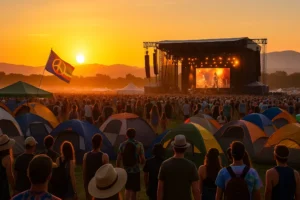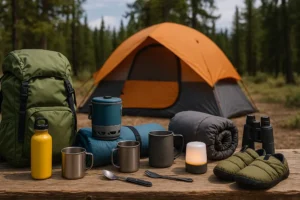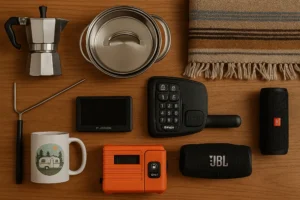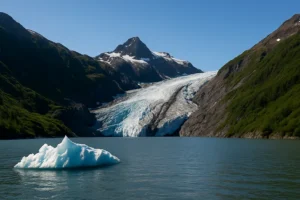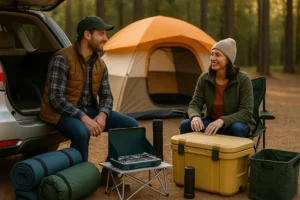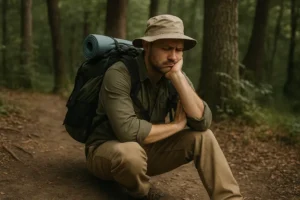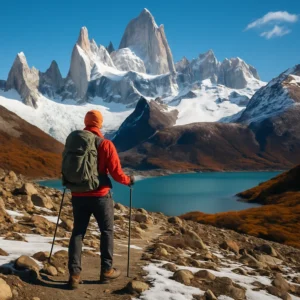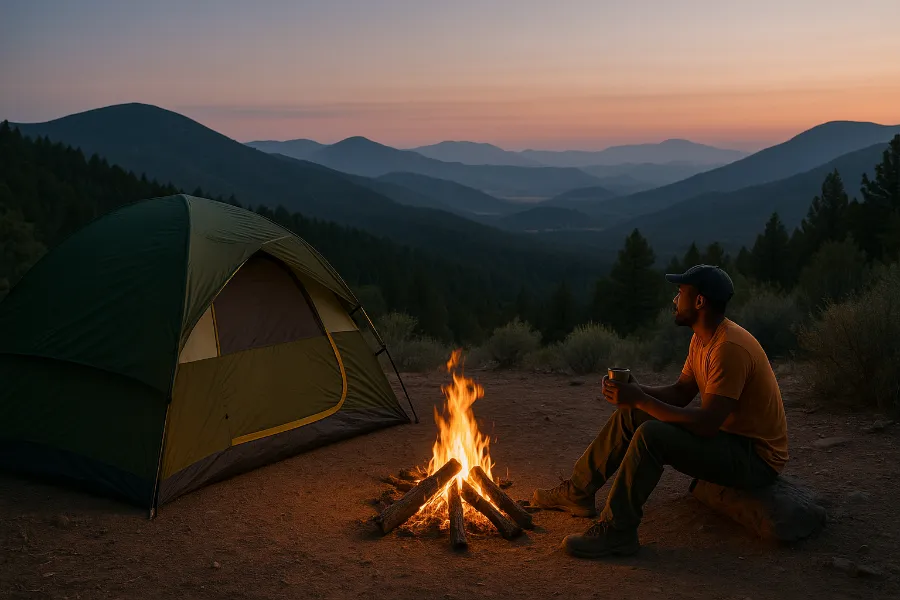
Introduction
Solo backpacking. Just the phrase can stir up equal parts excitement and fear. Maybe you’ve imagined yourself walking into the quiet of a forest, setting up camp under the stars, and waking up to nothing but the sound of birds. Or maybe your mind goes straight to the “what ifs”—what if I get lost, what if I get hurt, what if I can’t handle it? I’ve been there. And let me tell you: solo backpacking isn’t about being fearless—it’s about learning to trust yourself. It’s about preparation, resilience, and the reward of finding out just how capable you really are.
This guide is here to walk you through everything you need to know about solo backpacking: from choosing your first trail, to essential gear, to the mental strategies that will keep you grounded when the wilderness feels a little too quiet. By the time you’re done reading, you’ll have a clear, actionable plan to step into your first—or next—solo adventure with confidence.
Benefits of Solo Backpacking
Solo backpacking isn’t just hiking with a heavier pack. It’s a transformative experience. Here’s why:
- Complete freedom: You set the pace. Want to linger by a waterfall? Go for it. Want to push for an extra mile? No negotiations needed.
- Confidence and independence: Every decision you make—from choosing a campsite to navigating a tricky trail—reinforces your self-reliance.
- Mental clarity: Without distractions, you’ll find the space to reflect, reset, and reconnect with yourself.
- Connection with nature: The silence is deeper, the nights darker, and the mornings crisper when it’s just you out there.
How to Prepare for Your First Solo Backpacking Trip
Start Small
Your first solo backpacking trip doesn’t need to be a 20-mile epic in the wilderness. Start with a short day hike alone. Then graduate to an overnight in a well-traveled area. Each step builds your comfort level and skills.
Pick a Familiar or Popular Trail
Choose a trail you already know or one that’s popular enough that you’ll see other hikers along the way. Familiarity reduces the fear of the unknown, and nearby company provides peace of mind.
Research & Planning
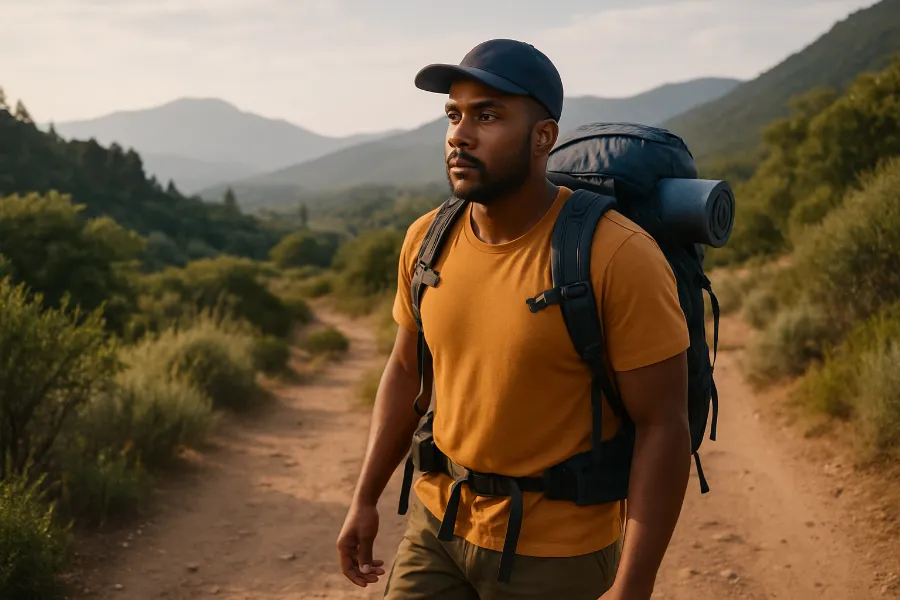
Preparation is everything in solo backpacking. Before you hit the trail:
- Check permit requirements, campsite rules, and food storage regulations.
- Look up recent trail reports, road access updates, and weather conditions.
- Review Leave No Trace principles to minimize your impact.
- Learn about potential wildlife in the area and how to handle encounters.
Share Your Itinerary
Always leave your trip details with a trusted friend or family member. Include:
- Your planned route and start/end times
- Campsite locations
- Vehicle details at the trailhead
- Emergency contacts
If something goes wrong, this information could make all the difference.
Essential Gear for Solo Backpacking
Backpacking Systems
Think of your gear in systems:
- Pack: Choose one that fits comfortably and matches your trip length.
- Shelter: A lightweight tent or tarp system.
- Sleep: Sleeping bag, pad, and (optional) liner.
- Water: Filtration or purification system.
- Cooking: Compact stove, pot, fuel, and long-handled spoon.
- Food storage: Bear canister or Ursack where required.
The 10 Essentials
These items are non-negotiable:
- Navigation tools (map, compass, GPS)
- Illumination (headlamp + extra batteries)
- Shelter (tent or emergency bivy)
- Extra water and filter
- Extra food
- Extra clothing
- Sun protection
- Fire (matches/lighter)
- First aid kit
- Knife or multi-tool
Food & Meal Planning
Keep it simple. Instant meals, no-cook options like tortillas with cheese, or calorie-dense snacks work best. For your first trip, stick to food you know you enjoy.
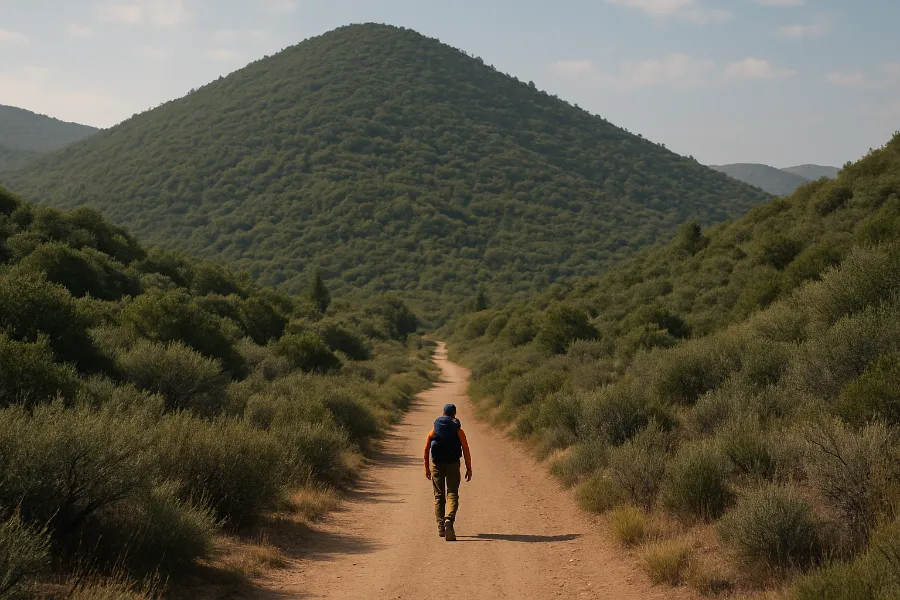
Safety Considerations
Navigation and Communication
- Carry both a paper map and a digital app like Gaia GPS or onX Backcountry (download maps for offline use).
- Consider a satellite messenger (like Garmin inReach) for emergency communication.
First Aid and Emergency Preparedness
- Take a basic wilderness first aid class if you can.
- Know how to treat blisters, minor cuts, and dehydration.
- Pack extra supplies since you won’t have a partner to borrow from.
Trusting Your Gut
If something feels off—whether it’s a sketchy campsite or sudden fatigue—listen. Turning back isn’t failure. It’s smart decision-making.
Mental & Emotional Preparation
Handling Fear & Loneliness
The first night alone in the backcountry can feel unsettling. Bring small comforts: a journal, a playlist, or a favorite snack. Remind yourself that most noises in the night are just wind or small critters.
Building Confidence Through Practice
Confidence builds through repetition. Practice setting up your tent in your backyard. Do short solo hikes to test your navigation. Try a night of solo car camping before venturing deeper.
Tips for Enjoying the Experience
Bring Comfort Items
Pack light, but don’t be afraid to carry one or two small luxuries: a book, a camera, or string lights for camp.
Document Your Adventure
Take photos or keep a trail journal. These moments are worth remembering.
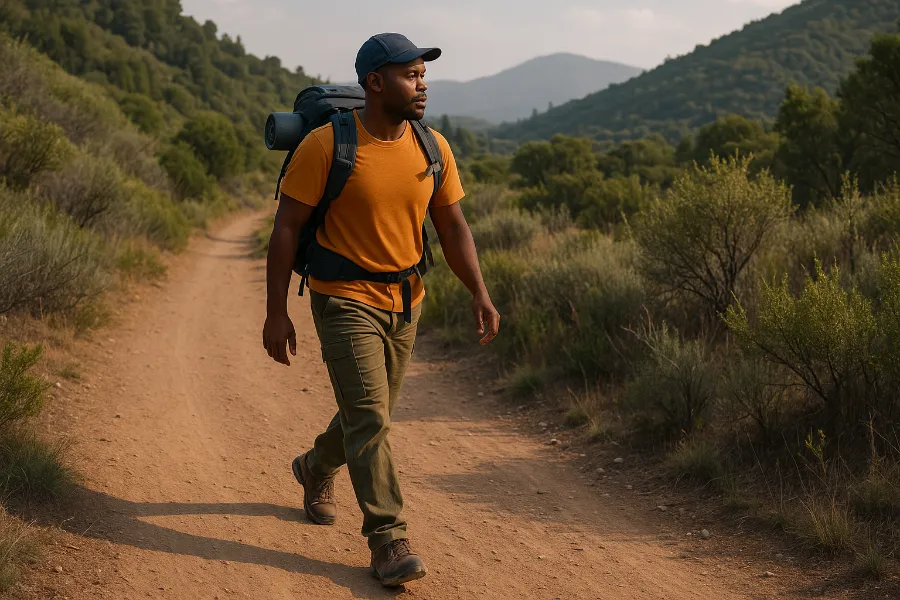
Have Fun!
At its core, solo backpacking isn’t just about preparation—it’s about joy. Swim in a lake. Watch the stars. Make a silly video. You’re out there to live fully.
Closing Thoughts
Solo backpacking isn’t about proving anything. It’s about finding strength in solitude, learning to trust your instincts, and embracing the beauty of being self-reliant in nature. Start small, pack smart, prepare well—and go. The trail is waiting, and so is the version of you that’s braver than you think.


